
FLIES
Click on a species of flies below to learn further information.
Fly Biology
Flies are among the most common and bothersome of all insect pests. Literally thousands of different species have been discovered by entomologists. Some flies are a menace to human health in that they enter homes and come into contact with man’s food or drink after breeding or feeding in excrement, dead animal matter or other filth outside. Flies also frequent supermarkets, restaurants, fruit stands, etc. and make similar contacts. In addition to being a health hazard, flies can be a major source of general annoyance and interference with human comfort and well being. Finally, flies may not only severely annoy man’s domesticated animals, but even threaten their survival.
Flies belong to the insect order Diptera along with mosquitoes, gnats and midges. A common feature of all Diptera is that they have only two wings (one pair). The prefix "Di" in the Latin word "Diptera" means two and "ptera" means wing. Most other flying insects have four wings (two pairs). Over the course of evolution, the hind pair of wings in flies became greatly reduced in size and they now appear as very tiny knob—like projections known as halteres. Despite their size, the haiteres are important as flight balancing organs. Flies have compound eyes which are especially capable of detecting motion and sudden changes in light intensity such as that caused by an approaching predator or a human armed with a fly swatter.
Of the many thousands of different species of flies, only a small number are routinely encountered by pest control service technicians. Among these are:
COMMON NAME (SCIENTIFIC NAME)
1. House fly (Musca domestica)
2. Little House fly (Fannia cancularis)
3. Cluster fly (Pollenia rudis)
4. Stable fly (Stomoxys calcitrans)
5. Green and Blue Bottle flies (Calliphora spp.)
6. Fruit flies (Drosophila spp.)
7. Gnats (Various families, genera and species)
Click on the fly images to consider each of these flies separately:
FLY CONTROL
A well conceived fly control program can serve as a classical example of the application of the principles of Integrated Urban Pest Management. The important steps in an Integrated Urban Pest Management (I.U.P.M.) program are:
1) Cultural Control
2) Physical Control
3) Mechanical Control
4) Biological Control
5) Legal Control
6) Chemical Control
Let us consider how each of these steps control problem area.
All Integrated Urban Pest Management is based upon an accurate identification of the pest involved and knowledge of its life cycle, habits and habitats. Assuming we have this knowledge, how then can we apply cultural control to a fly control program? A simple example would be the modification of the patten of shrubs in a landscaping. We have all observed that certain shrubs when in bloom, attract house flies as well as green and blue bottle flies. Shake the shrub on a warm, summer day and watch a cloud of flies take off! If such a shrub is adjacent to the back door of a house or food processing establishment so that when the door is opened, flies enter from the shrub, then relocation of that shrub to another area of the premises or elimination of said shrub altogether, is an example of cultural control.
Examples of physical control would include proper screening on all doors and windows and self—closing devices on doors.
Mechanical control might consist of the use of electric units that attract the flies with an ultra violet light, and then electrocute them as they land on the grid in front of the light.
Biological control might consist of elimination of fly larval sources wherever they exist (for example, elimination of dog manure and/or garbage in the background of a residence or on the premises of a food processing establishment for house fly and green bottle fly control). Removal of that layer of urine and manure saturated straw for biting stable fly larvae is another example of biological control.
In every housing and sanitation code in any town, city or county ordinances or state regulations or federal regulations, there is ample legal phraseology to permit legal proceedings for fly abatement based on sanitary procedures for health reasons. Make a friend of your local sanitarian or health inspector, he can help you immensely. Although the biology and habits of the various flies that we have discussed do vary, proper sanitation is the single most effective method of controlling most flies on a long term basis. This means that every object or deposit of organic debris indoors or out, must be suspected as a potential source of fly breeding. Spilled food (including old, decaying rodent baits) and deposits of grease inside restaurants and homes must be promptly cleaned up. Trash dumpsters must be regularly emptied and washed. Outdoors, excrement, dead animals, leaf litter, prunings and lawn clippings must be disposed of.
Chemical control should be used as the last line of defense. For indoors fly control where all sanitation and exclusion measures have been performed and there is still a need for control, several non—residual space sprays and residual surface sprays are available. These only control adult flies and repeat treatments are usually needed. Space sprays are fine mists or fogs intended to fill the air space within buildings and kill all insects flying about or at rest. Residual sprays are applied to surfaces upon which flies generally rest. The most effective means of eliminating most fly infestations is via the use of Pyrethroid applications.
Several aerosols manufactured by Whitmire Research Labs and Cline-Buckner, Inc. are also labeled for use against flies indoors. Some of these are designed for use in automatic dispensing machines. Still another method of controlling adult flies indoors with the use of pesticides is with the Whitmire 1urestick. The lure-stick A consist of clusters of decoy flies in feeding, resting and mating positions that are printed on special light- reflecting paper that attracts live flies to the sticky trap.
When attempting to obtain adequate fly control for your customer, it is important to remember that the adult flies are airborne and can fly considerable distances from the place where they hatched from the pupa case to the place where their presence causes some consternation. The P.C.O. may never have or be able to either locate or obtain jurisdiction over the larval source. This source may supply a quantity of flies to his customer’s property on a constant basis. For instance, in the case of residential fly control, the offending dog manure or garbage can may be on the next door neighbor’s property or some property several houses away. In the case of the fly control in a restaurant or food establishment, the same may be true. The best that the P.C.O. can do for his customer in this instance is to try to help prevent the adult fly from entering a structure and seek a way of V killing it once it has gained entrance. Remember, flies are filthy. Their eating habits are abhorrent and they spend time in undesirable places both indoors and outdoors before walking over our food and food preparing surfaces. Flies transmit human diseases.
SUMMARY - FLIES
- Flies are insects.
- Flies have a complete life cycle consisting of egg, larva, pupa and adult.
- House flies, lesser house flies, blue and green bottle flies have lapping—sponging mouthparts while biting stable flies have piercing-sucking mouthparts.
- Flies lay their eggs in batches on the material which the larvae consume upon hatching.
- Rotting, decaying organic material of all kinds serve as larval sources.
- Dog manure and garbage cans are the most frequent larval sources found in residential neighborhoods.
- Dead animals and garbage produce green bottle flies.
- Dog manure and garbage produce house flies.
- The fruit fly is produced by rotting fruits.
- The P.C.O. can provide fly control under certain circumstances, but before he offers a contract, he had better know which species of fly he is dealing with and where the larval sources are located.
Click on a species of pest below to learn further information.
Having trouble with Pests?
Give us a call: 661-645-6855
Or have Traffic contact you today and get a FREE estimate for:
Your Neighborhood Bug Guys!
Traffic Pest Solutions (LA)
15828 Toscana Ct.
Santa Clarita, CA 91387
Phone: (661) 645-6855Santa Clarita, CA 91387

 House Flies
House Flies Lesser House Flies
Lesser House Flies Cluster Flies
Cluster Flies Stable Flies
Stable Flies Blue Bottle Flies
Blue Bottle Flies Fruit Flies
Fruit Flies Gnats
Gnats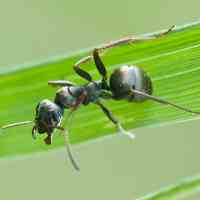 Ants
Ants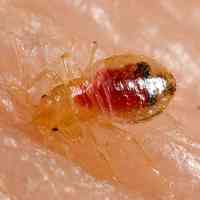 Bed Bugs
Bed Bugs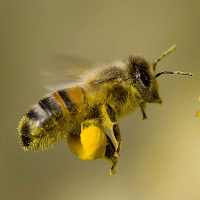 Bees
Bees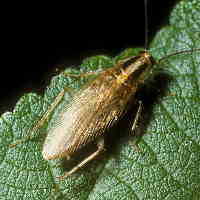 Cockroaches
Cockroaches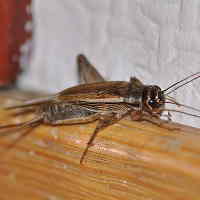 Crickets
Crickets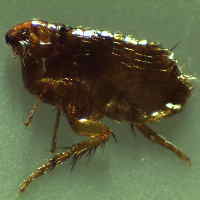 Fleas
Fleas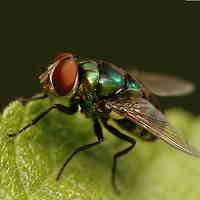 Flies
Flies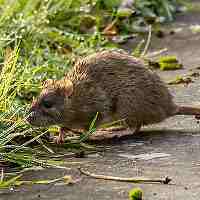 Rodents
Rodents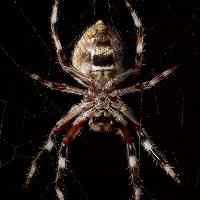 Spiders
Spiders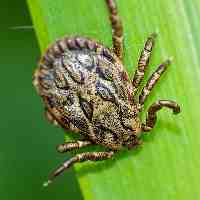 Ticks
Ticks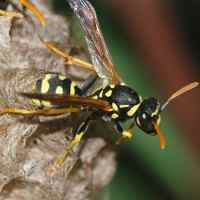 Wasps
Wasps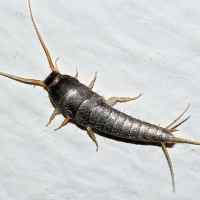 Silverfish
Silverfish